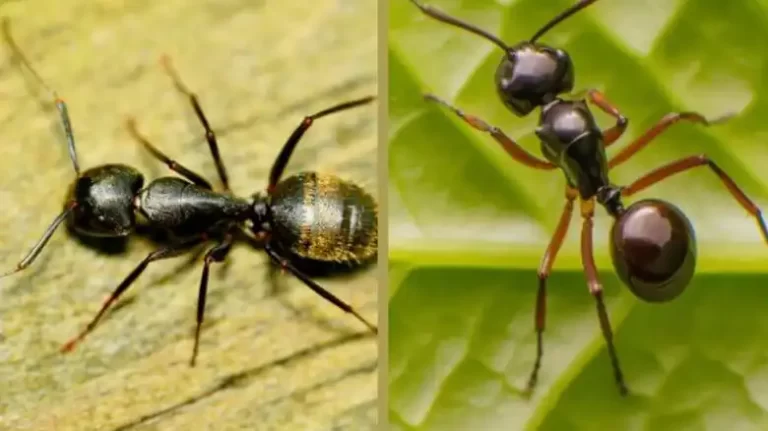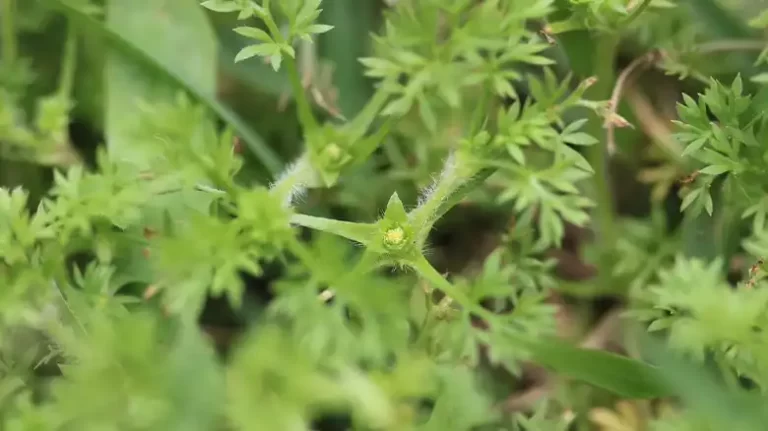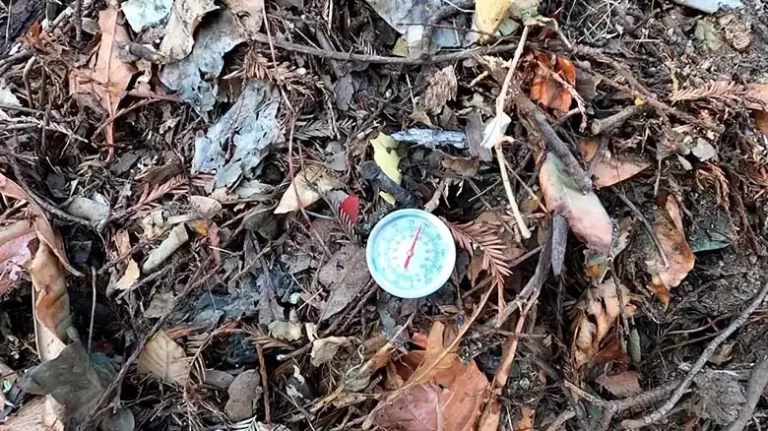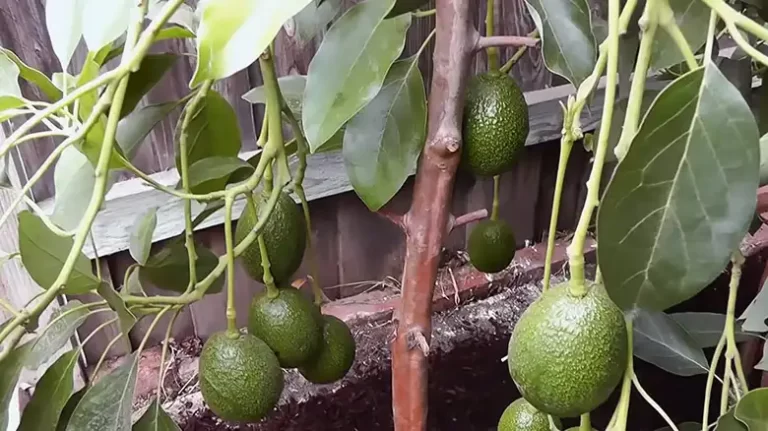Will Sevin Kill Red Lily Beetles
When you’ve invested time and effort into cultivating a beautiful garden, the last thing you want to see is your vibrant lilies under attack from pests like the Red Lily Beetle (Lilioceris lilii). These tiny but destructive creatures can wreak havoc on your prized blooms.
The good news is that there are effective solutions at your disposal, one of which is Sevin insecticide. In this comprehensive guide, we’ll explore whether Sevin can successfully combat Red Lily Beetles and delve into alternative methods for controlling these troublesome pests.
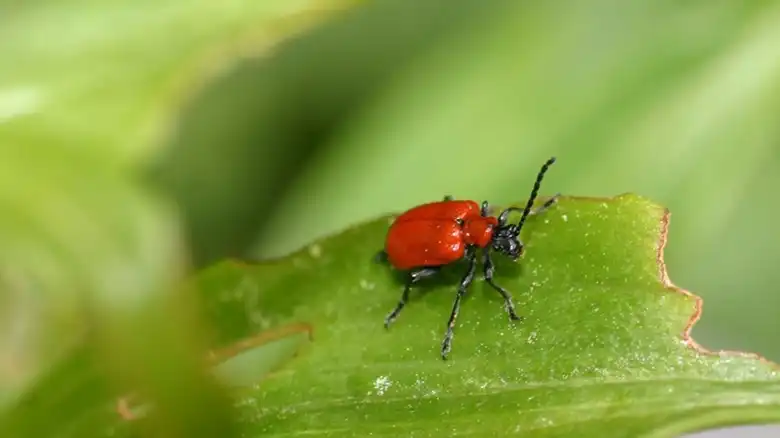
Using Sevin for Red Lily Beetle Control
Red Lily Beetles can be a menace in any garden, wreaking havoc on your beautiful lilies. If you’ve been battling these persistent pests, you might have heard about Sevin insecticide as a potential solution.
In this section, we’ll explore the effectiveness of using Sevin to control Red Lily Beetles, its application guidelines, safety considerations, and the key dos and don’ts to make your battle against these beetles more manageable.
Is Sevin the Answer?
Before diving into the details of how to use Sevin for Red Lily Beetle control, let’s address the fundamental question: Does Sevin really work? Well, the answer is a cautious yes. Sevin insecticide can help manage Red Lily Beetles, but it’s not a guaranteed solution.
The degree of success largely depends on proper usage and other factors, which we’ll discuss further.
Understanding Sevin’s Mode of Action
Sevin operates by interfering with the nervous systems of insects, causing paralysis and eventual death. When applied to your lilies, it comes into contact with Red Lily Beetles as they feed on the leaves. This mechanism can help reduce their population in your garden.
Application Guidelines
To make the most of Sevin for Red Lily Beetle control, here are some essential guidelines to follow:
Timing is Key
The ideal time to apply Sevin is when Red Lily Beetles are most active. Early spring, when they emerge from overwintering, is a suitable period. Continue with periodic applications as needed during the growing season.
Proper Application Method
Apply Sevin uniformly on the foliage of your lilies, ensuring that both the upper and lower sides of the leaves are covered. This even coverage enhances its effectiveness.
Recommended Dosage
Follow the manufacturer’s instructions regarding the concentration of Sevin to mix with water. Avoid using excessive amounts, as it can harm your plants and the environment.
Safety Precautions
While Sevin can be a valuable tool, it’s essential to take safety precautions seriously:
Protective Gear
When handling Sevin, wear appropriate protective clothing, including gloves, long-sleeved shirts, and eye protection.
Children and Pets
Keep children and pets away from treated areas until the product has fully dried. Store any unused Sevin in a secure location, out of their reach.
Environmental Responsibility
Avoid applying Sevin on windy days to prevent drift onto non-target areas. Additionally, be mindful of local regulations and environmental guidelines.
Dos and Don’ts
To ensure Sevin’s effectiveness while minimizing risks, here are some dos and don’ts to consider:
Do Monitor for Infestations
Regularly inspect your lilies for signs of Red Lily Beetle infestations. Early detection can make Sevin more efficient.
Don’t Overapply
Using more Sevin than recommended won’t necessarily yield better results and may harm your plants and the environment.
Do Time Applications
Apply Sevin at the right time, in the right weather conditions, and as needed based on pest activity.
Don’t Neglect Alternatives
While Sevin can be effective, it’s essential to explore alternative methods, such as companion planting and organic solutions, to diversify your pest control strategies.
Alternatives to Sevin for Red Lily Beetle Control
Gardening enthusiasts facing the menace of Red Lily Beetles often seek effective solutions. In this section, we will explore alternatives to Sevin insecticide for controlling these destructive pests.
Discover accessible and eco-friendly methods to protect your lilies without compromising your garden’s well-being.
Organic Remedies
One of the most eco-conscious approaches to fend off Red Lily Beetles is through organic remedies. These natural alternatives are safe for your garden and the environment.
Neem Oil: A Natural Guardian
Neem oil is a powerful natural insecticide that can help keep Red Lily Beetles at bay. It disrupts their life cycle without harming other beneficial insects.
DIY Mixtures
Create your own homemade insecticide concoctions using common household items like garlic, soap, and cayenne pepper. We’ll guide you through the process and its effectiveness.
Companion Planting
Introduce companion plants into your garden that naturally repel Red Lily Beetles. This chemical-free approach can boost your garden’s overall health.
Encourage Natural Predators
Learn how to attract and support beneficial insects and birds that can help control Red Lily Beetle populations in a natural way.
Vigilance and Maintenance
A simple yet highly effective approach involves regular inspections, manual removal, and maintaining a clean garden environment to deter Red Lily Beetles.
Sevin Effects on Red Lily Beetles
Sevin insecticide is a popular choice for gardeners battling Red Lily Beetles. But how exactly does this chemical concoction affect these troublesome pests? Let’s dive into the science behind it.
Contact Poisoning: A Swift Demise
One of the primary ways Sevin works is through contact poisoning. When Red Lily Beetles come into contact with Sevin-treated surfaces, the insecticide quickly gets to work.
It disrupts their nervous systems, leading to paralysis and eventual death. This is a potent way to reduce the population of these damaging insects.
Systemic Action: Reaching the Core of the Problem
Sevin doesn’t just stop at contact poisoning. It can also be absorbed by the plant, providing a systemic defense.
When Red Lily Beetles feed on treated plants, they ingest Sevin, which further weakens and eliminates them. This dual approach enhances the effectiveness of Sevin in controlling these garden pests.
Targeting the Life Stages of Red Lily Beetles
Red Lily Beetles have several life stages, from eggs to larvae to adult beetles. Sevin’s effectiveness extends to all of them. When applied correctly, it can interrupt the life cycle of these beetles. This is particularly crucial in preventing future infestations and protecting your precious lilies.
Residual Activity: Long-Lasting Protection
Sevin also offers residual activity, which means it remains active on treated surfaces for a certain period. This extended protection ensures that Red Lily Beetles that come into contact with the treated area even after application continue to face the deadly effects of the insecticide.
Minimizing Collateral Damage
While Sevin is potent against Red Lily Beetles, it’s essential to use it with care. This insecticide can also impact beneficial insects. Therefore, timing and precise application are crucial to minimize collateral damage to pollinators and other garden-friendly creatures.
Frequently Asked Questions
Q1: What is Sevin, and how does it work against Red Lily Beetles?
A1: Sevin is a widely used insecticide that works against Red Lily Beetles through contact poisoning and systemic action. When the beetles come into contact with Sevin-treated surfaces, it disrupts their nervous system, leading to paralysis and death. Additionally, Sevin can be absorbed by the plant, which affects the beetles when they feed on treated plants.
Q2: Is Sevin safe for use in a garden with beneficial insects?
A2: Sevin can impact beneficial insects, so it’s essential to use it judiciously. To minimize collateral damage, it’s crucial to follow recommended application guidelines and avoid applying it during peak pollinator activity. Timing and precise application can help protect beneficial insects.
Q3: How long does Sevin remain active after application?
A3: Sevin offers residual activity, meaning it remains active on treated surfaces for a certain period. The duration can vary based on factors such as weather conditions and the formulation of Sevin used. However, it generally provides protection against Red Lily Beetles for several days to a few weeks.
Q4: Can Sevin be used on all types of lilies?
A4: Sevin can be used on various types of lilies to control Red Lily Beetles. However, it’s essential to read the product label for specific instructions and recommendations, as some lily varieties may be more sensitive to insecticides than others.
Q5: What is the best time to apply Sevin for Red Lily Beetle control?
A5: The best time to apply Sevin is when you notice the early signs of Red Lily Beetle infestation. Additionally, it’s advisable to apply Sevin during a period when there is minimal risk to beneficial insects, typically in the evening or early morning.
Q6: Are there any organic alternatives to Sevin for Red Lily Beetle control?
A6: Yes, there are organic and natural alternatives for controlling Red Lily Beetles, including neem oil and homemade remedies. These options provide a more eco-friendly approach to managing these pests.
Q7: Does Sevin work on all life stages of Red Lily Beetles?
A7: Yes, Sevin is effective against all life stages of Red Lily Beetles, including eggs, larvae, and adult beetles. Its broad spectrum of activity helps prevent infestations by targeting all developmental stages.
Conclusion
In the ongoing battle against Red Lily Beetles, it’s clear that Sevin insecticide is a formidable contender. We’ve explored its mechanisms, application guidelines, and safety measures. Additionally, we’ve delved into alternative, more eco-friendly approaches, giving you the knowledge you need to protect your precious lilies.
